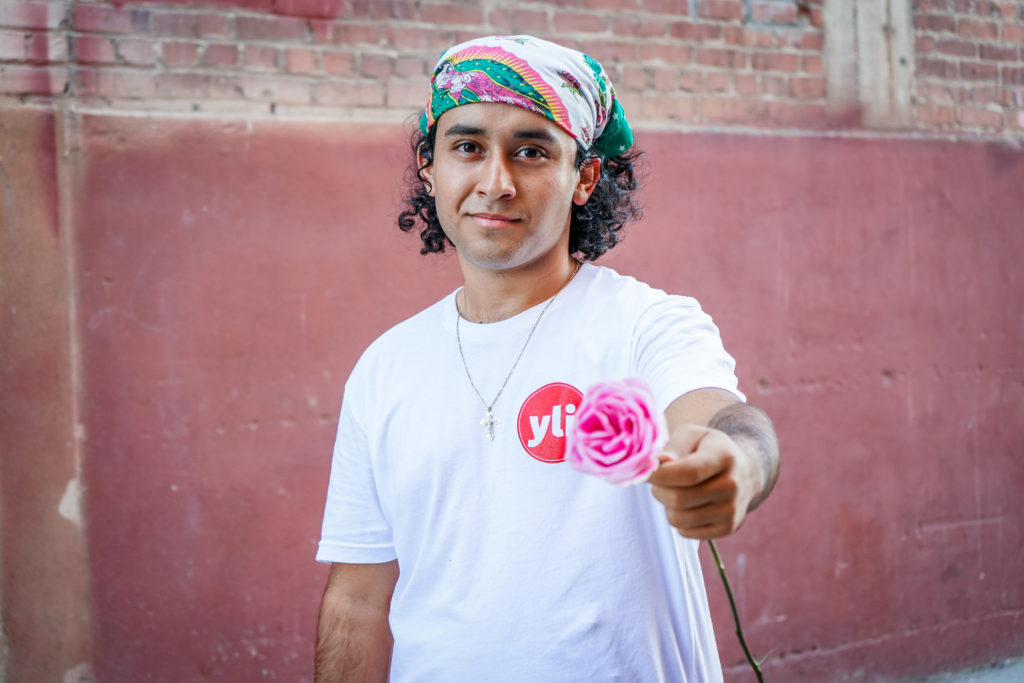Youth leadership is a radical concept. But we don’t talk about it that way, because we do not view it as being controversial or political for young people to lead within our current systems.
It might not be radical for young people to learn public speaking, or attend city council meetings. However, what happens next is.
When young people enter community conversations, they make suggestions that older adults hesitate to make because of the “way things are.” They are futurists and visionaries, and accelerate innovation and growth in every space they enter. What makes youth leadership radical is its capacity to fundamentally transform systems, and with those systems, the ways that young people participate. Adults are often afraid to change things – so leaning into youth input means sacrificing comfort and leaning into change. This is a radical process.
In biology, “radical” is an adjective meaning growing from a root or a base. While the word “radical” carries a connotation of being extreme, unstable, or controversial, it actually describes the building of foundations. Change is the only constant in nature, and it is a continuous process. It is in this sense that youth leadership is radical — young people help society adapt to the continual forces of change.
Understanding this, the work that Youth Leadership Institute (yli) does is radical. Every day, program staff across our offices push to make this work even more radical by innovating new ways to bring youth voices into the conversation, and to invest in young people’s ability to lead alongside us. We work to help young people meet their personal goals, identify their strengths, and build community with one another.
We are also radical when yli program staff give young people rides to City Council meetings, or develop a cool new activity to train young people on a concept or skill, or get certain snacks because they remember what their youth like to eat. Everything we do to close the gaps in how young people participate is radical. Youth power is not just a radical concept, it’s a practice.
However, our organization does not exist in a vacuum. We are funded by and participate in systems that have a lot of work to do, or that might be fundamentally broken. Though we work on interconnected issues, like tobacco use and mental health, the funding we receive to work on them is disconnected. As we contract with city and county governments, we also inherit their priorities, and their definitions of success. How we get funding and do community change work is a product of our current systems, many of which are resistant to change.

I vividly remember a conference workshop I attended on grant-writing that turned into a sharing circle. Many of the people in the circle were nonprofit professionals. People shared their struggles in moving their work forward, mostly because funders did not understand the communities that nonprofits worked in.
By the end of the circle, one woman had started crying. “I’ve been doing this work for 24 years,” she said. “Funders don’t know what it takes. They’re asking me to move mountains with pocket change — it’s disrespectful.” Another person shared that their funders were blocking their criminal justice reform efforts because they were “controversial.”
Nonprofits’ reliance on external funding puts them at risk of compromising their and their communities’ values. We feel that we have to put funders’ needs before community needs. It results in a broken linkage between funders and the communities they seek to reach, and hurts the progress of the work. And because the work does not happen without funding, it often means nonprofits need to choose between doing what is right and doing nothing at all.
In short, our position of dependence often prevents us from being radical by preventing us from making change. At yli, being radical looks like leveraging our creativity to make incremental change within systems — and at the same time, working to change the systems themselves. We have no other choice but to be radical and keep working in the hopes that we can lift these barriers someday.
We could do more to be radical, to build youth leadership and intergenerational foundations. In many ways, the generational tension between adults and youth is the tension between inertia and change. Research has shown that adults grow more conservative over time, and become averse to risk and change. Young people embrace change and the risks that come with it.
Part of building an intergenerational foundation means understanding that youth and adulthood are complementary parts of the human experience. We cannot have a solid foundation without both tradition and innovation, memory and imagination, stability and change. When systems include youth, our foundations become stronger — which means sacrificing comfort, and leaning into change.
After all, it’s the process that is radical.
This post is the first in our series, “Is yli Radical Enough?” At yli, we have strong opinions about what social justice looks like…but are we truly living our values? We have the power to be intentional about our work community and model what it looks like for an organization to work at self-reflection and improvement. This is an attempt to be vulnerable and transparent about our process of growth as individuals, as a collective, and as youth advocates.
